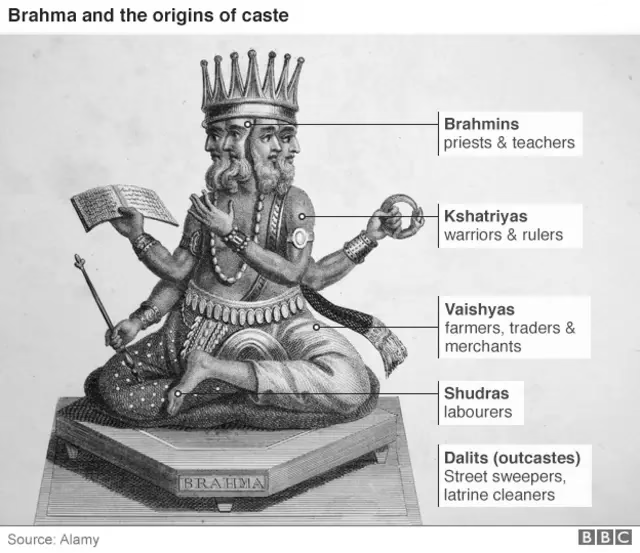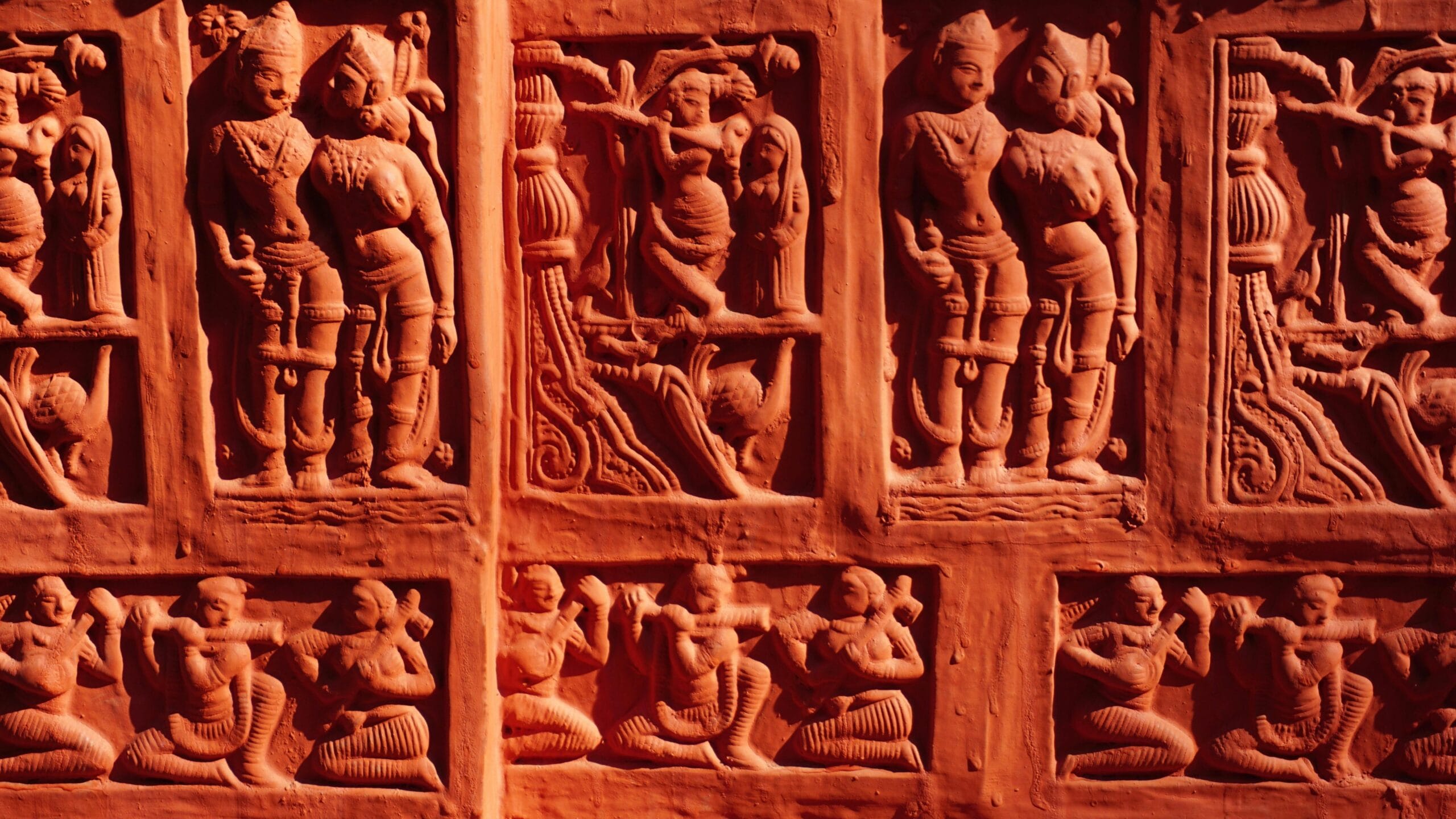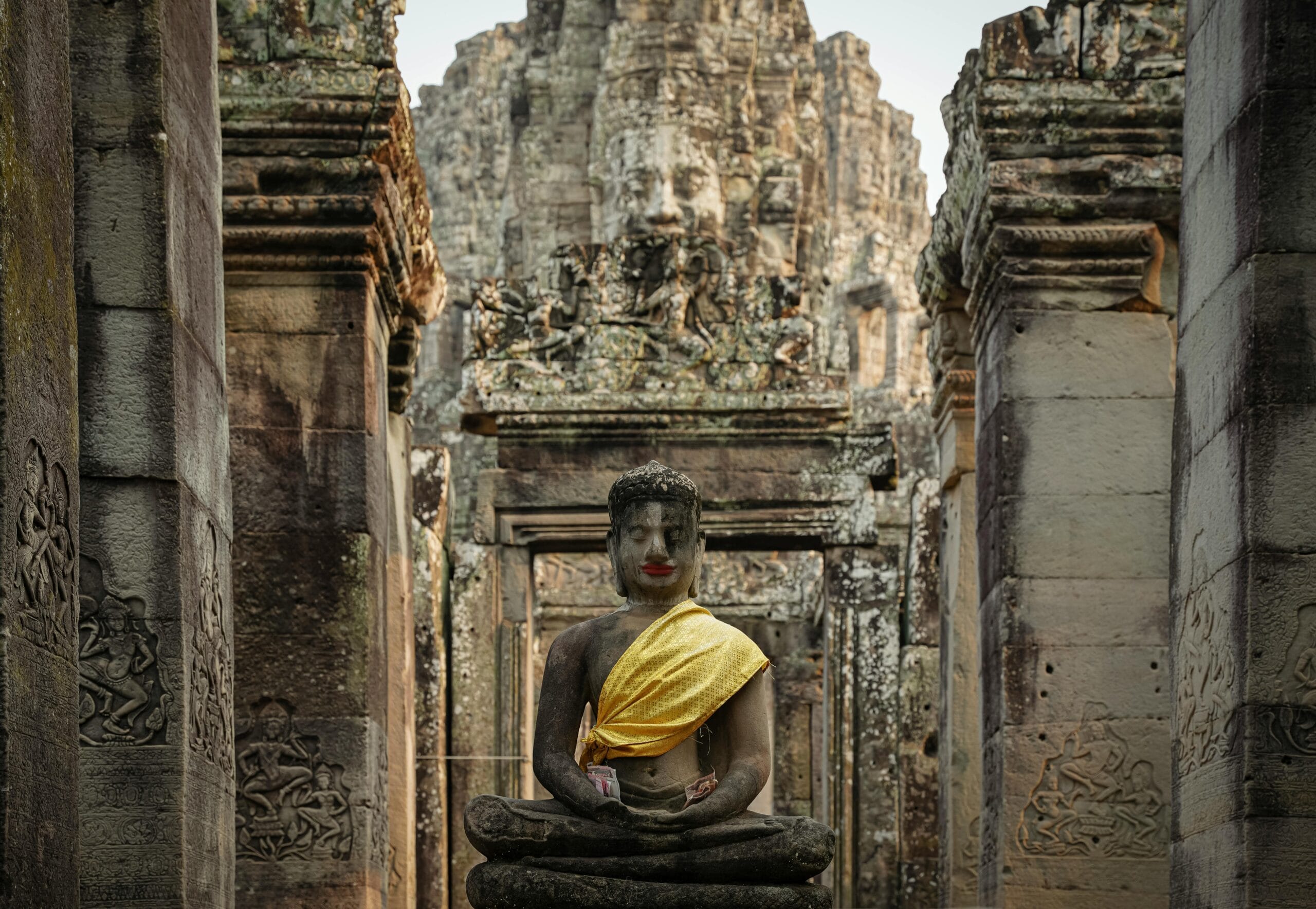Caste Discrimination in India: A Historical and Contemporary Analysis
India, a nation celebrated for its rich cultural heritage and diversity, grapples with a deeply entrenched social issue: caste discrimination in India. This article delves into the pervasive nature of caste-based discrimination, exploring its historical roots, contemporary manifestations, and the ongoing struggle for equality and social justice. We will examine incidents where caste was asked before committing violence.
By examining various incidents and movements, this analysis aims to shed light on the urgent need to dismantle caste hierarchies and foster a more equitable society. Is caste discrimination in India like a disease that keeps resurfacing despite treatment?
Table of Contents:
- Historical Context of Caste Discrimination
- Contemporary Manifestations of Caste Discrimination
- Historical Massacres and Atrocities
- Legal and Constitutional Safeguards
- Social and Political Movements Against Caste Discrimination
- The Persistence of Caste in Contemporary India
- Quotes and Philosophical Perspectives
- What can you do?
- Conclusion
- Disclaimer
Historical Context of Caste Discrimination
The caste system, a hierarchical social structure, has been a part of Indian society for centuries. Rooted in ancient texts and traditions, it has historically determined social status, occupation, and access to resources. While officially outlawed, its effects persist in various forms of discrimination and inequality.
Ancient Origins
The origins of the caste system can be traced back to the Vedic period. The system initially divided society into four categories (varnas): Brahmins (priests and scholars), Kshatriyas (warriors and rulers), Vaishyas (merchants and traders), and Shudras (laborers and service providers).

Over time, this system became more rigid and complex, leading to the creation of numerous sub-castes (jatis) and the marginalization of those deemed outside the system, known as Dalits or “untouchables.”
Impact on Social Mobility
Historically, the caste system severely restricted social mobility. The caste system dictated that individuals were born into a specific caste and were expected to adhere to its traditional occupation and social norms. This rigid structure perpetuated inequality and limited opportunities for those in lower castes to improve their social and economic status.
Religious and Cultural Justifications
Religious texts often justified the caste system through religious and cultural beliefs, with scriptures and traditions used to reinforce its hierarchical structure. These justifications contributed to the internalization of caste identities and the perpetuation of discriminatory practices.
Contemporary Manifestations of Caste Discrimination
Despite legal prohibitions and social reforms, caste discrimination in India continues to manifest in various aspects of Indian society, including social interactions, economic opportunities, and political representation. Therefore, understanding these manifestations is crucial to address this issue.
Social Exclusion and Segregation
One of the most visible forms of caste discrimination is social exclusion and segregation. Dalits and members of lower castes often face discrimination in housing, education, and access to public services. They may be excluded from social gatherings and face prejudice in everyday interactions.
Economic Disparities
Caste discrimination also contributes to significant economic disparities. Lower castes often have limited access to land, capital, and employment opportunities. They are disproportionately represented in low-paying and hazardous occupations, perpetuating a cycle of poverty and marginalization.
Violence and Atrocities
Violence and atrocities against Dalits remain a serious concern. Incidents of caste-based violence, including physical assaults, sexual harassment, and murder, are frequently reported. These acts of violence are often rooted in attempts to enforce caste hierarchies and suppress Dalit assertion.

Examples of caste-based violence where caste was asked by the perpetrators. Please note that this is not an exhaustive list of atrocities in any way. These are just some of the chosen examples.
- 16 April 2025, Agra: A Dalit wedding procession was attacked by upper-caste individuals for playing music. The groom was dragged from the horse, assaulted, and robbed. Guests were also attacked.
- 21 February 2025, Bulandshahr: A Dalit wedding procession was attacked for playing music, resulting in 12 injuries.
- March 1, 2025, Meerut: Upper-caste individuals attacked Dalits, including women, and looted cash and jewellery.
- March 28, 2025, Pratapgarh: A 22-year-old Dalit woman was gang-raped in a hospital, and the protests for justice are ongoing.
- April 23, 2025, Tamil Nadu: Dalits were prevented from entering a temple during a festival, and upper-caste women formed a barrier to block them.
- September 2024, Tamil Nadu: A 30-meter-long wall was constructed to separate the cremation grounds for Dalits and upper castes.
- January 2025, Pathanamthitta district: A Dalit minor reported being raped by over 60 individuals between the ages of 13 and 18.
- February 2025, Gujarat: A Dalit individual was denied the opportunity to purchase a home in a cooperative society.
- November 2024, Bidar, Karnataka: 15 upper-caste individuals attacked Dalits, and the police are investigating.
- March 2025, Uttar Pradesh: During Holi, upper-caste individuals attacked Dalits in Farrukhabad, Sant Kabir Nagar, and Pratapgarh.
Historical Massacres and Atrocities
The history of caste discrimination in India is marred by numerous massacres and atrocities against Dalits, highlighting the extreme violence and oppression faced by marginalised communities. These atrocities highlight the urgent need for legal and constitutional safeguards.
Kilvenmani Massacre (1968)
Bathani Tola Massacre (1996)
Laxmanpur Bathe Massacre (1997)
Other Massacres
- Villupuram (1978): 12 Dalits were killed, and their huts were set on fire.
- Tsundur (1991): 8 Dalits were killed by members of the Reddy caste.
- Belchhi (1977): 8 Dalits and 3 members of backward classes were killed.
- Parasbigha (1979): 11 Dalits and 1 Yadav were killed by Bhumihars.
- Shankar Bigha (1999): 23 Dalits were killed.
- Nonhi-Nagwa (1988): 19 Dalits were killed.
- Dhanwar-Bihta (1989): 23 Dalits were killed for voting according to their choice.
Legal and Constitutional Safeguards
The Indian Constitution and various legal provisions aim to protect marginalised communities from caste discrimination in India and promote social justice.
Constitutional Provisions
The Constitution of India prohibits discrimination based on caste (Article 15) and guarantees equality before the law (Article 14). Article 17 abolishes untouchability, and Article 46 promotes the educational and economic interests of Scheduled Castes (SCs) and Scheduled Tribes (STs).
Prevention of Atrocities Act
The Scheduled Castes and Scheduled Tribes (Prevention of Atrocities) Act, 1989, provides legal recourse for victims of caste-based discrimination and violence. It criminalizes various forms of discrimination and imposes strict penalties on offenders.
Affirmative Action Policies
Affirmative action policies, such as reservations in education, employment, and political representation, aim to address historical inequalities and promote the inclusion of marginalized communities. These policies have been instrumental in improving the social and economic status of Dalits and other backward classes.
Social and Political Movements Against Caste Discrimination
Throughout history, various social and political movements have challenged caste discrimination in India and advocated for equality and social justice.
Anti-Caste Movements
Anti-caste movements, led by social reformers such as Jyotirao Phule, Dr. B.R. Ambedkar, and E.V. Ramasamy (Periyar), have played a crucial role in raising awareness about caste discrimination and mobilizing marginalized communities to fight for their rights. These movements have challenged traditional caste hierarchies and advocated for social reform.
Dalit Assertion Movements
Dalit assertion movements, such as the Dalit Panthers and the Bahujan Samaj Party (BSP), have sought to empower Dalits and assert their political and social rights. These movements have challenged the dominant narratives of caste and advocated for greater representation and participation in decision-making processes.
Notable Figures and Their Contributions
- Jyotirao Phule: A social reformer who advocated for the education of women and lower castes and challenged the dominance of Brahmins.
- Dr. B.R. Ambedkar: The architect of the Indian Constitution and a champion of Dalit rights, who fought against caste discrimination and advocated for social justice.
- E.V. Ramasamy (Periyar): A social reformer who challenged caste and religious orthodoxy and advocated for rationalism and self-respect.
- Narayana Guru: A spiritual leader and social reformer who promoted equality and challenged caste-based discrimination in Kerala.
- Ayyankali: A Dalit social reformer who fought for the rights of marginalized communities in Travancore and challenged caste-based restrictions.
- Guru Ghasidas: A religious leader and social reformer who founded the Satnami movement and advocated for equality and social justice.
- Kabir: A mystic poet and saint who challenged religious and social divisions and advocated for universal brotherhood.
- Ravidas: A mystic poet and saint who challenged caste hierarchies and advocated for spiritual equality.
The Persistence of Caste in Contemporary India
Despite legal and social reforms, caste continues to play a significant role in contemporary India, influencing social interactions, economic opportunities, and political dynamics.
Caste-Based Discrimination in Institutions
Caste-based discrimination persists in various institutions, including educational institutions, workplaces, and government offices. Dalits and members of lower castes often face prejudice and discrimination, limiting their opportunities for advancement.
Caste and Politics
Caste continues to be a significant factor in Indian politics, with political parties often appealing to caste-based identities to mobilize voters. This can perpetuate social divisions and undermine efforts to promote inclusive governance.
Social Attitudes and Beliefs
Deep-rooted social attitudes and beliefs about caste continue to perpetuate discrimination and inequality. If we celebrate diversity, why do we allow caste to divide us? Many people still adhere to traditional caste hierarchies and engage in discriminatory practices, despite legal prohibitions.
Quotes and Philosophical Perspectives
Various historical figures and philosophers have offered insights into the nature of caste and its impact on society.
Quotes Reflecting Anti-Caste Sentiments
Kabir: “एक बूंद एक मलमूत्र एक चाम एक गुदा एक बूंद ते सब उत्पन्न कौन बाभन कौन सूदा” (ek boond ek malamootr ek chaam ek guda ek boond te sab utpann kaun baabhan kaun sooda)
(One drop [of semen], one waste, one skin, one anus; from one drop, all are created; who is Brahmin, who is Shudra?).
Ravidas: “जस केतन के पात के पात पात में पात तस मानुष के जात के जात में जात” (jas ketan ke paat ke paat paat mein paat tas maanush ke jaat ke jaat mein jaat)
(Just as there are layers within layers in a banana leaf, so are there layers within layers in human castes).
Guru Ghasidas: “मनखे मनखे एक समाना” (manakhe manakhe ek samaana)
(All humans are equal).
Philosophical Arguments Against Caste
Philosophical arguments against caste emphasize the inherent equality of all human beings and the injustice of social hierarchies based on birth. These arguments challenge the moral and ethical foundations of the caste system and advocate for a more just and equitable society.
What can you do?
Addressing caste discrimination in India requires a multi-faceted approach that includes legal reforms, social awareness campaigns, and individual actions. As responsible citizens, you can make a difference. Here’s how:
Promote Awareness and Education
Educate yourself and others about the history and impact of caste discrimination in India. Support initiatives that promote awareness and understanding of caste-based inequalities. Knowledge is the first step to change.
Challenge Discriminatory Practices
Speak out against caste-based discrimination and challenge discriminatory practices in your community and workplace. Support efforts to promote diversity and inclusion. Your voice matters in creating a more equitable environment.
Support Social Justice Movements
Support social justice movements that advocate for the rights of marginalized communities and challenge caste hierarchies. Participate in campaigns and initiatives that promote equality and social justice. By standing with these movements, you amplify their impact.
Advocate for Policy Changes
Advocate for policy changes that promote equality and social justice, such as stronger enforcement of anti-discrimination laws and increased support for affirmative action policies. Contact your elected officials and let them know that you support policies that combat caste discrimination in India.
Conclusion
Caste discrimination in India remains a significant challenge, despite legal prohibitions and social reforms. By understanding the historical context, contemporary manifestations, and ongoing struggles against caste, we can work towards building a more just and equitable society. It is essential to challenge discriminatory practices, promote awareness, and support social justice movements to dismantle caste hierarchies and create a society where all individuals are treated with dignity and respect.
Disclaimer
Caste: A hierarchical social stratification system traditionally associated with Hinduism in India, which divides society into distinct groups based on birth, occupation, and social status.
Dalit: A term used to refer to members of the lowest castes in India, who have historically faced discrimination and marginalization.
Varna: The four broad categories into which traditional Hindu society is divided: Brahmins, Kshatriyas, Vaishyas, and Shudras.
Jati: Sub-castes within the Varna system, which are often based on occupation and lineage.
Untouchability: The practice of social exclusion and discrimination against Dalits, who were traditionally considered “untouchable” due to their caste status.
Affirmative Action: Policies designed to address historical inequalities and promote the inclusion of marginalized groups, such as reservations in education, employment, and political representation.
Read more about the Caste System and the Supreme Court in India.
Find out more about how vegetarianism is being used as a caste weapon.

